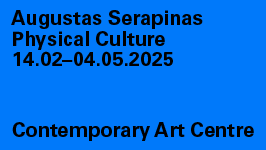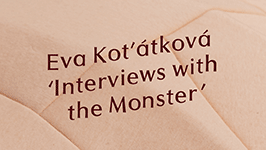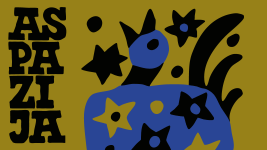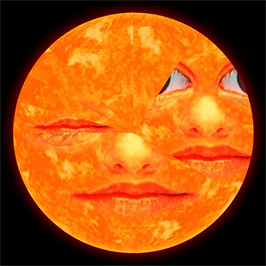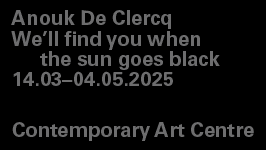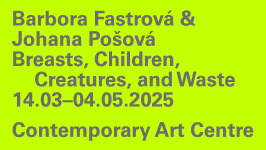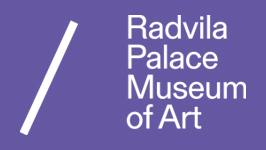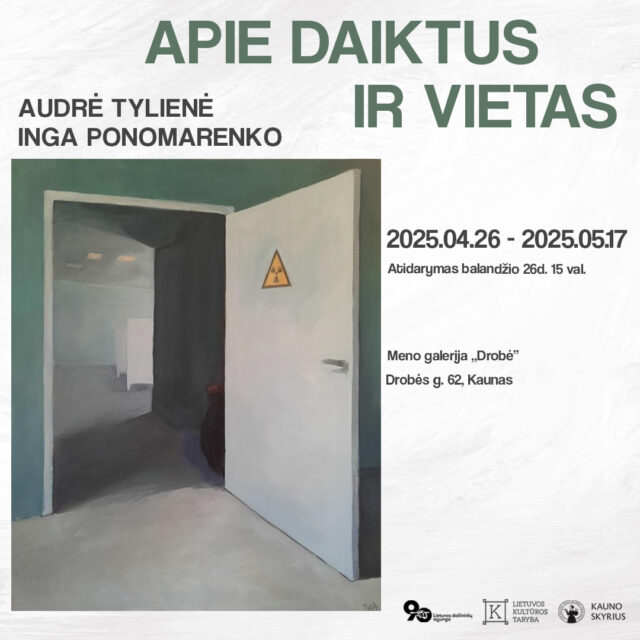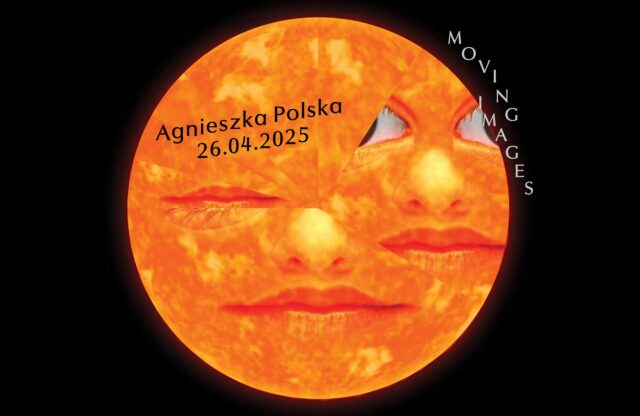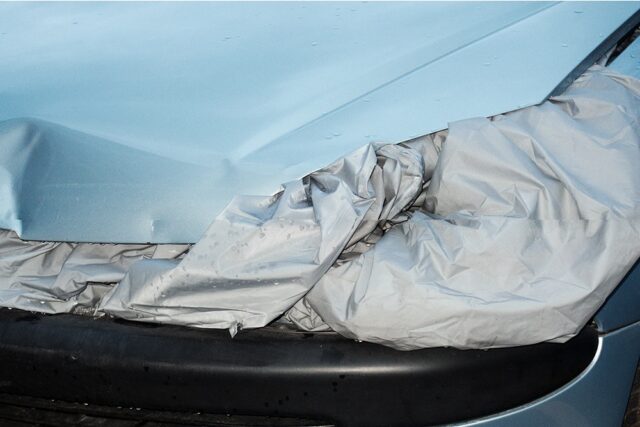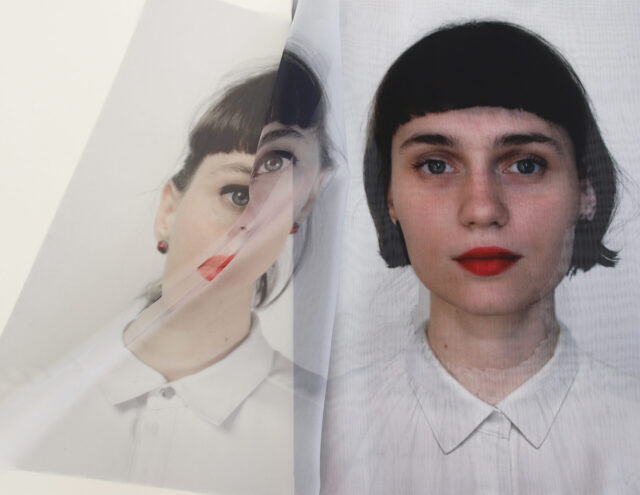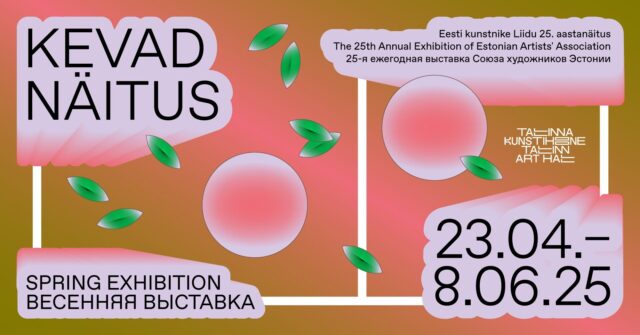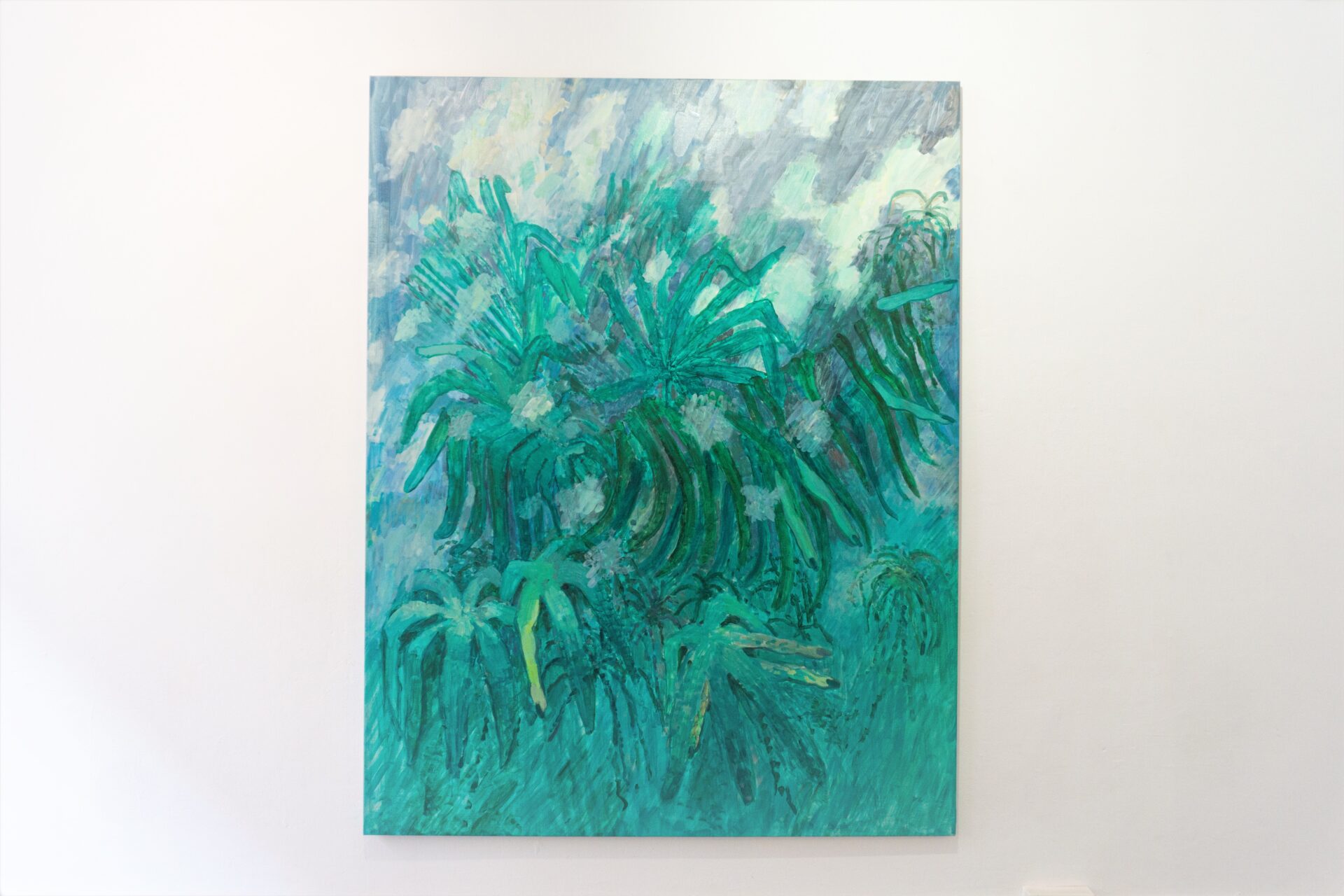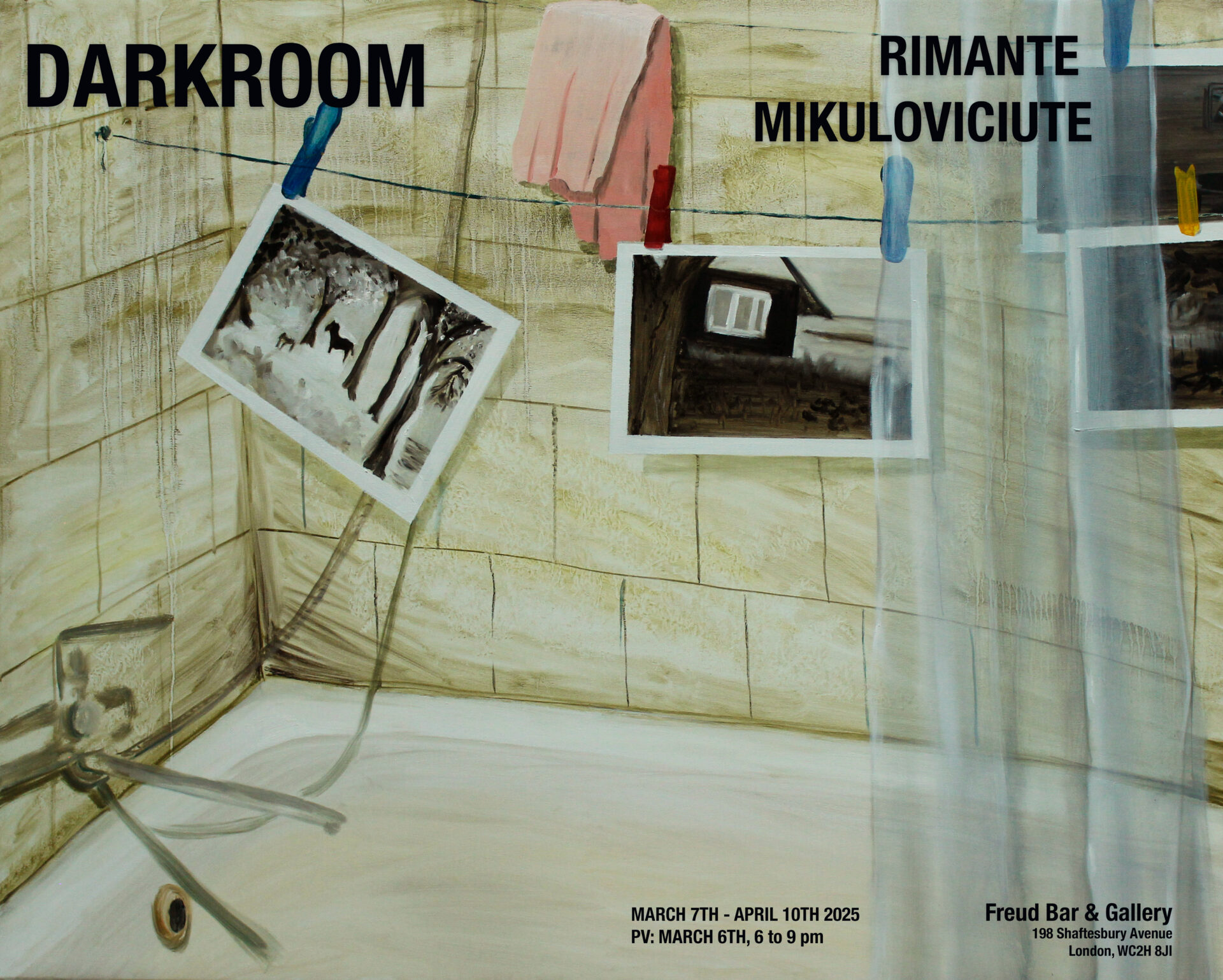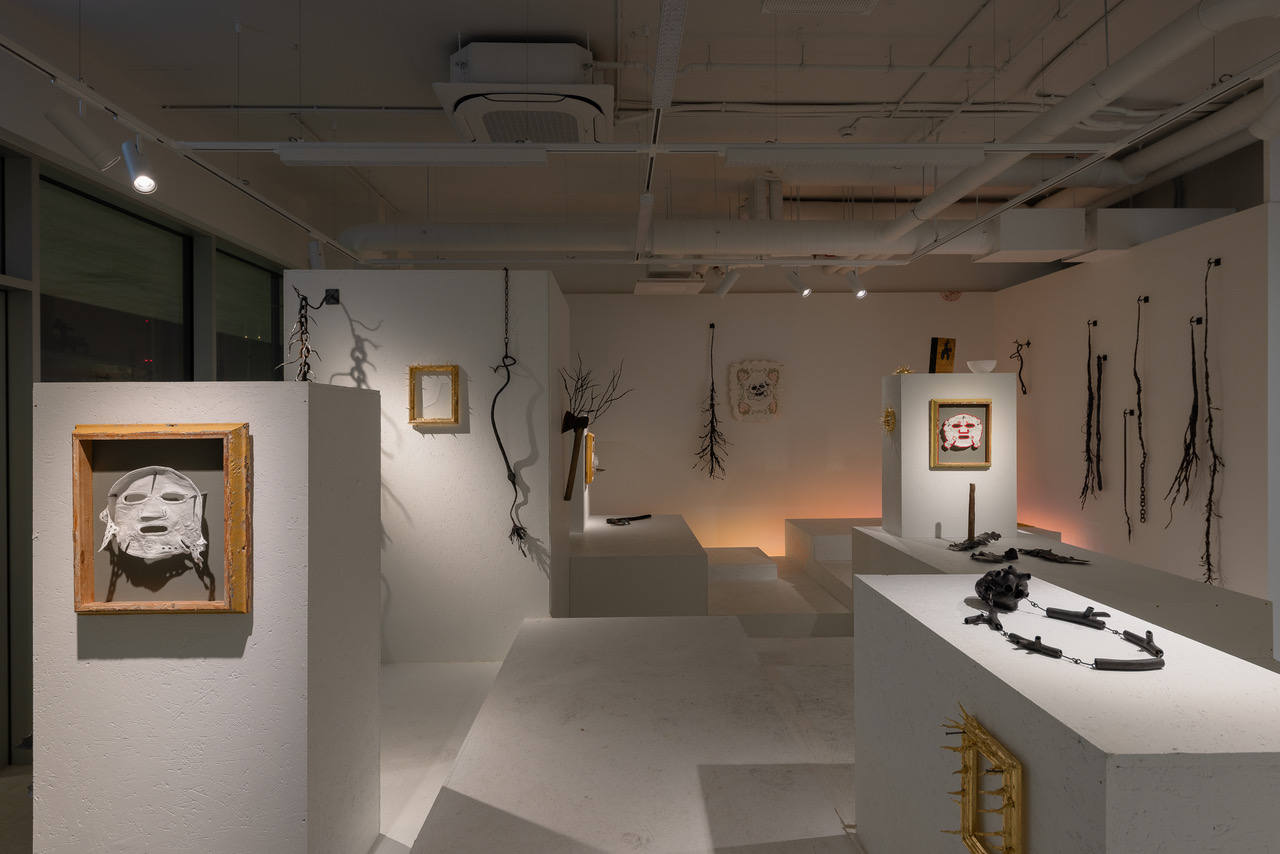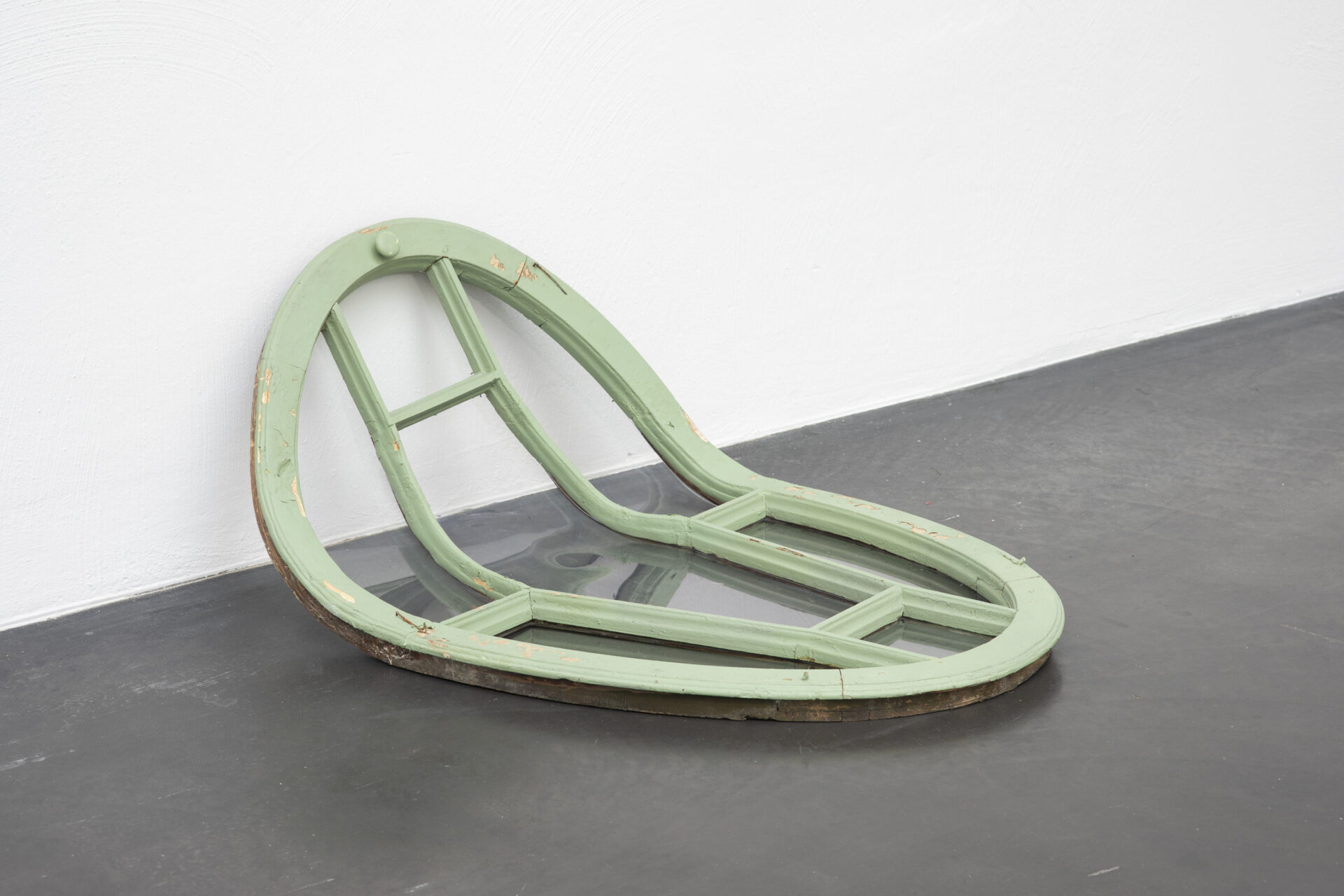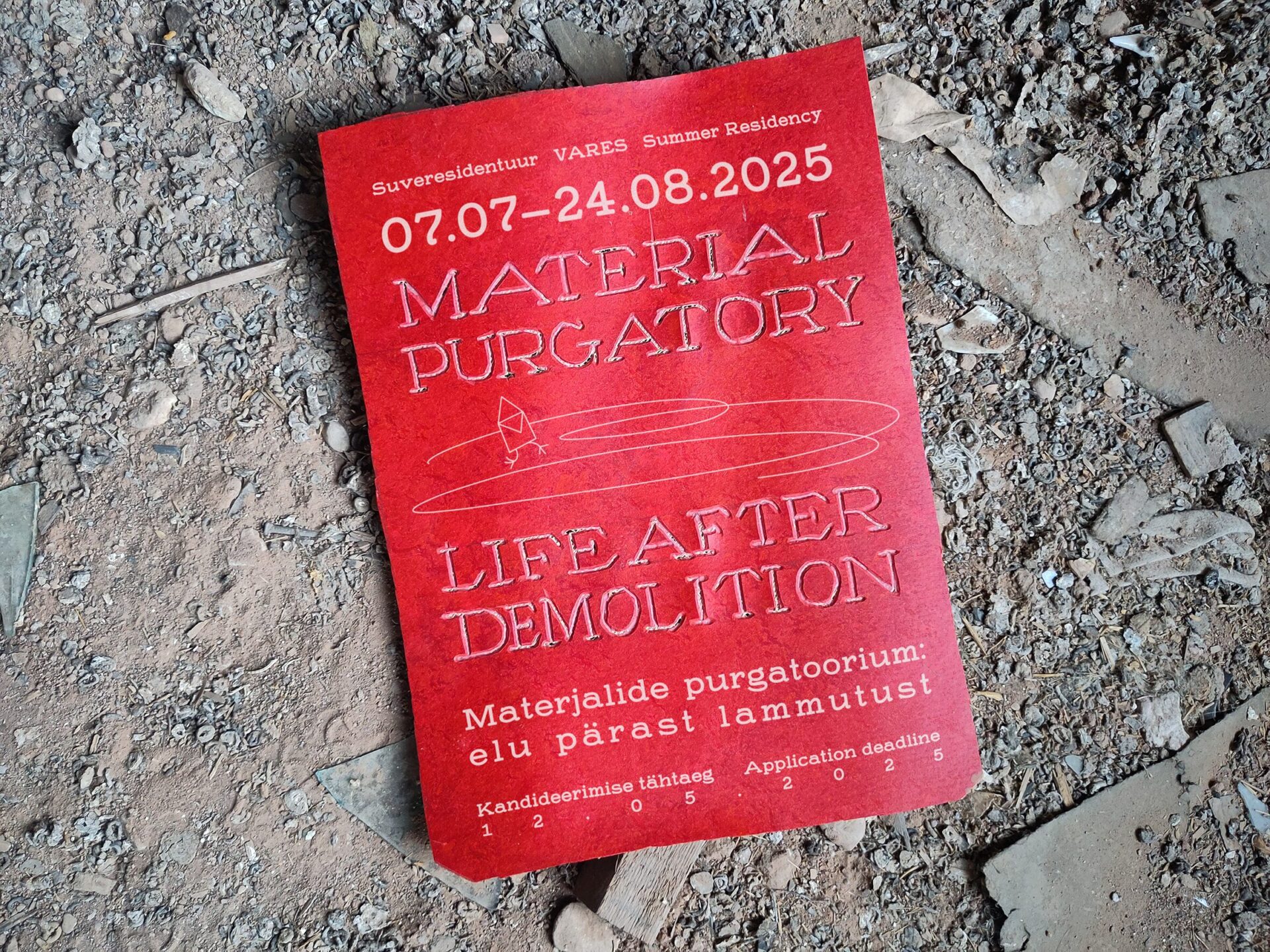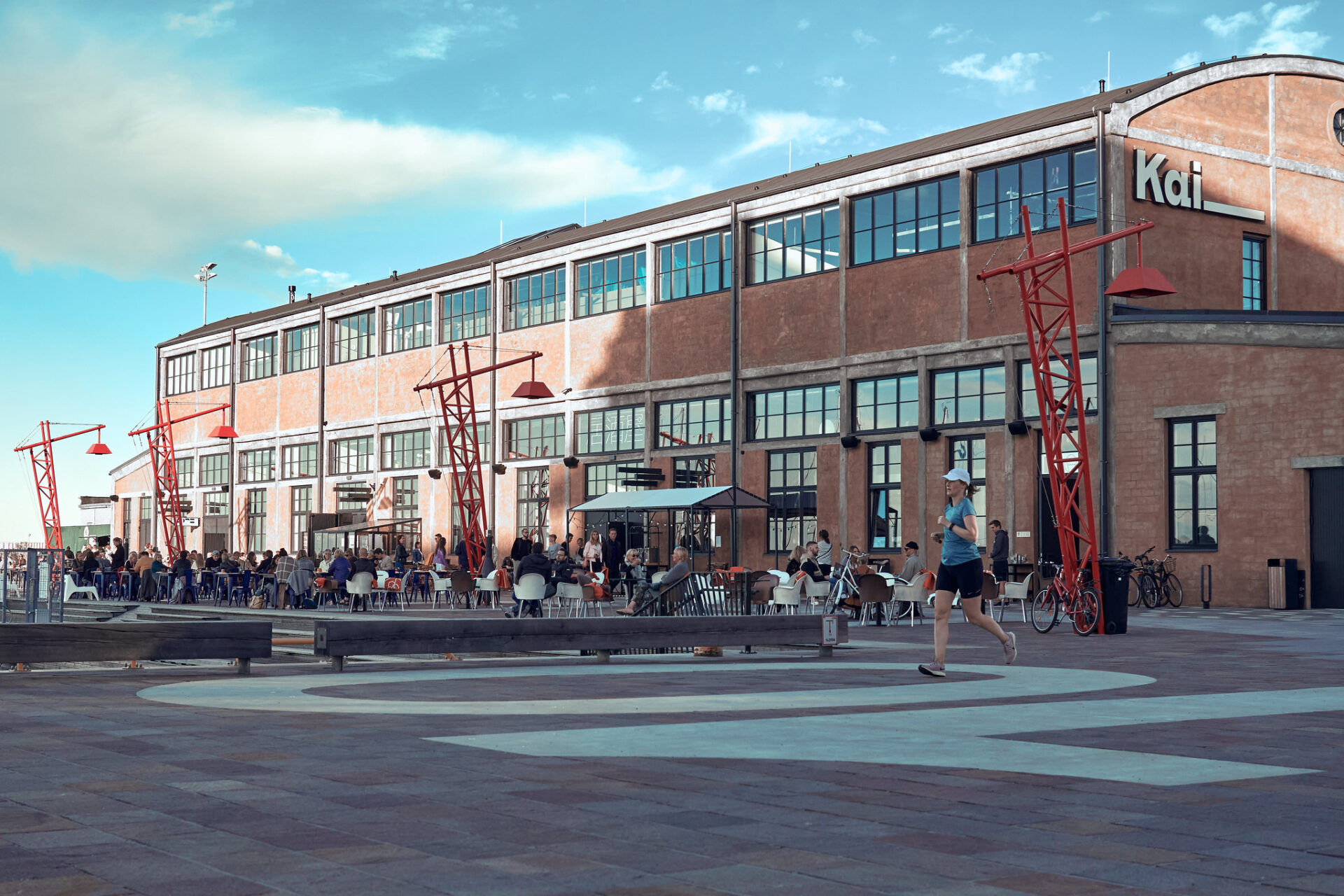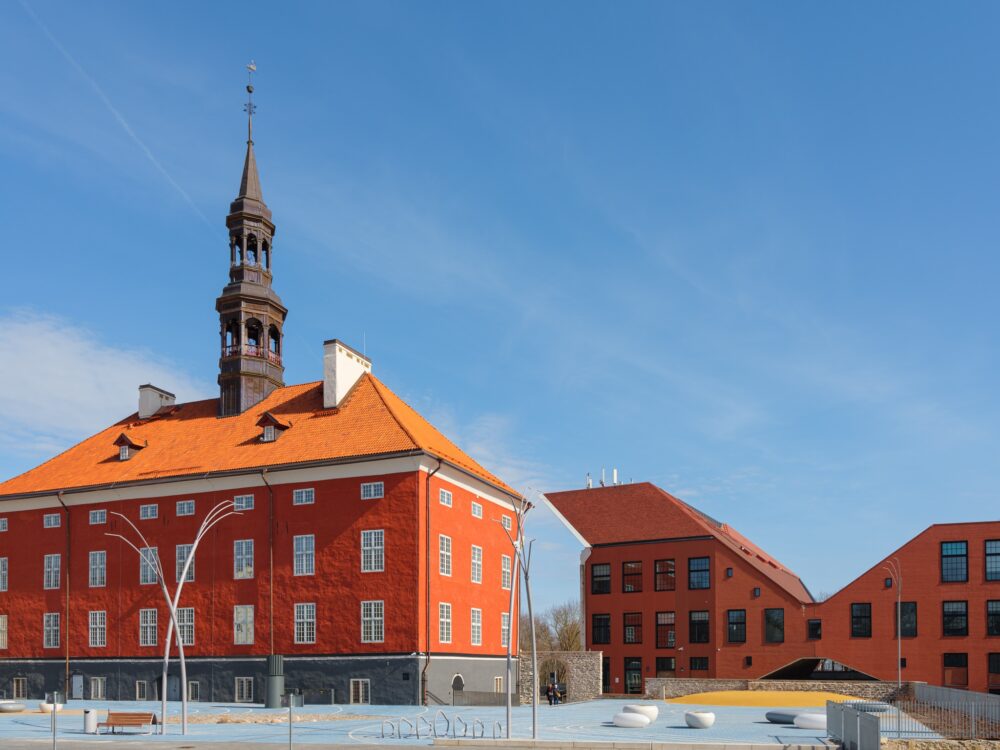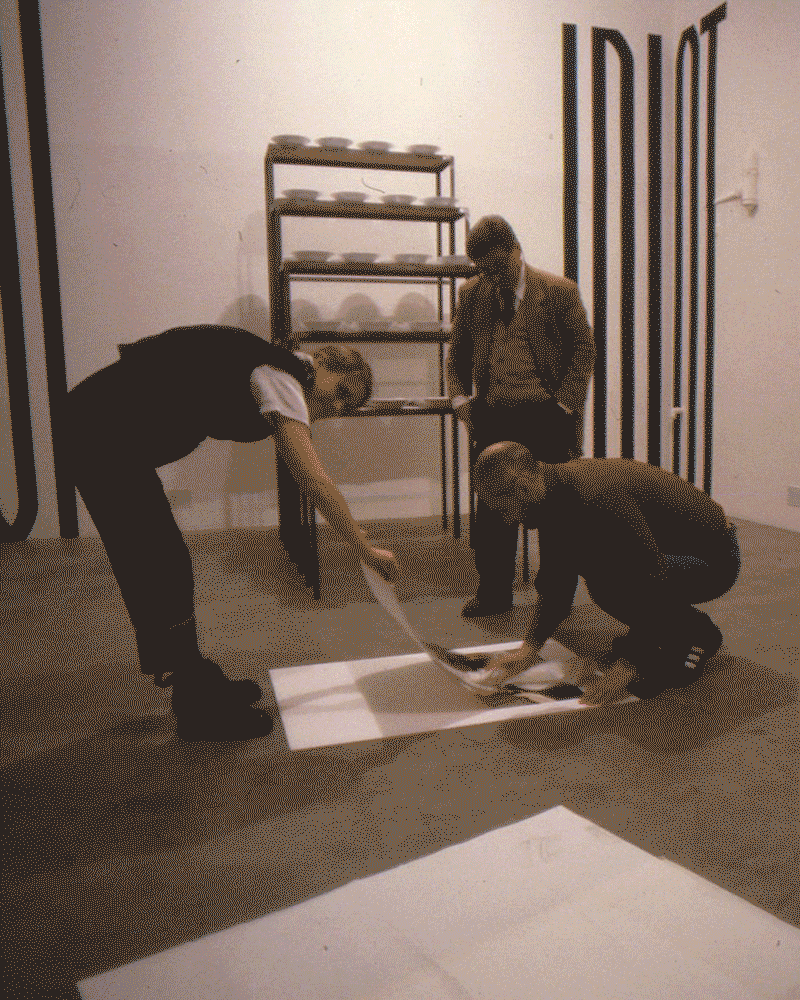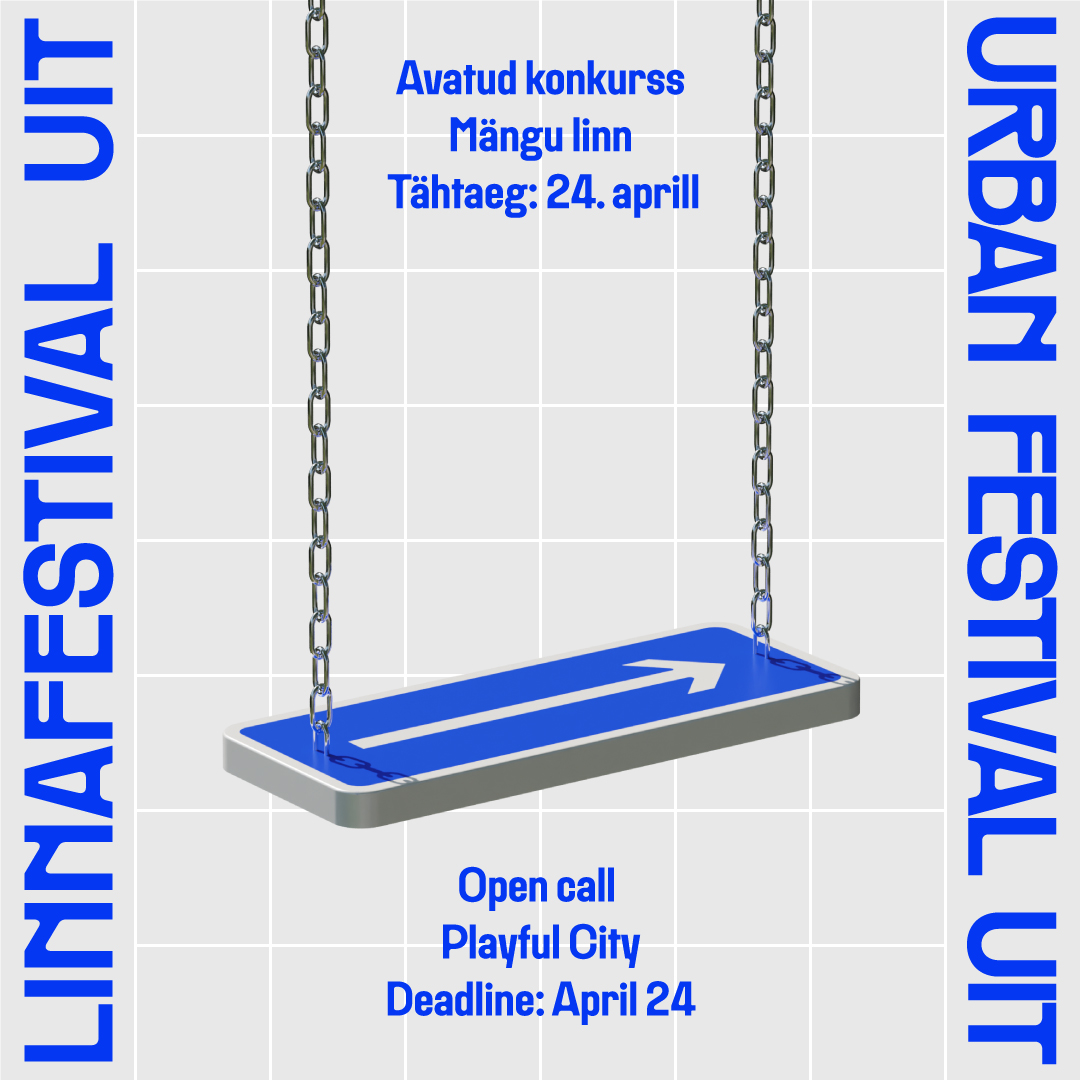Inter-Format Symposium on Flux of Sand and Aquatic Ecosystems, May 22-25, 2014
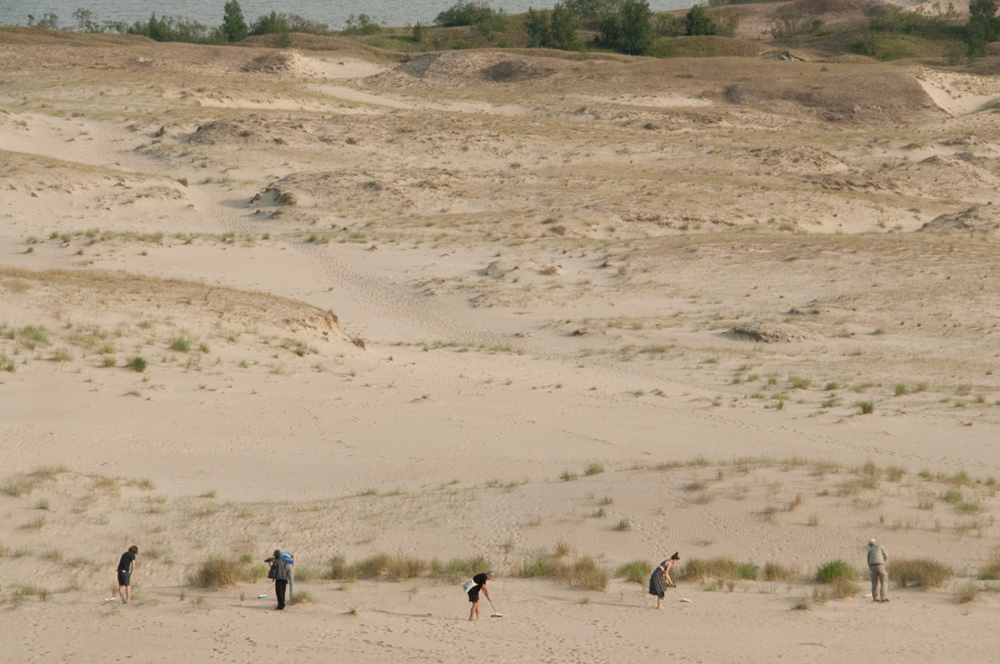
Tending the Wild: aesthetics & interspecies politics in a changing landscape (discussion and fieldtrip) / Theun Karelse (NL)(Photo by Justin Tyler Tate)
The 4th Inter-Format Symposium was undoubtedly the high point of the whole annual symposium series hosted by Nida Art Colony in collaboration with various other partner institutions in the Baltic region and beyond. It is difficult to pinpoint exactly what enabled it to end up like this, but my assumption is that something like a resonant sinchronicity of the location, the surrounding landscape and most of the symposium’s content took place. Key themes like transitional waters, sand in flux, liminality of nature, brackishness, man-made landscapes, sustainability and precariousness seem to be the proper context for a place like Nida and provoke discussions and reflections that go beyond the touristic exoticism of the locality, acquiring a deeper universal relevance.
It must also be noted that the thematic and aesthetic content of the symposiums (as well as other events and projects) in Nida is markedly different from most of what is happening in the rest of the Lithuanian art scene. Instead of fixating on problems related to what (and where) art is and isn’t, or can and can’t be, and isolating itself in the endless circle of obsessive self-reflection and exclusive self-referential rhetoric that remains largely unintelligible for an outsider, the symposium agenda facilitates a truly interdisciplinary open dialogue that concentrates in the first place on the problems and phenomena of the world out there, rather than the issues of the white cube. Furthermore, there’s a certain aura of futurism and visionary thinking (often related to various intersections of ecology and technology) often present at the symposiums, which I find very much absent from the rest of the Lithuanian art scene, stuck in constant reassessment and reinterpretation of the (predominantly Soviet) past. Thus, the atmosphere at NAC is quite a distinctive ecosystem in itself.
If I were to formulate one keynote idea of the 4th symposium, it would sound like this: we need to be aware of our own impact on ecosystems and vice versa, but we should also change our perspective on nature and its ongoing transformations to a more liminal and post-human one. This message was especially evident in the opening lecture by the water ecologist Artūras Razinkovas-Baziukas (LT), centered around the phenomenon of transitional waters (e.g. lagoons like the Curonian Lagoon). It is habitual for us to anthropomorphize nature (which is probably also the reason why we engage so much in designing it) and to see the changes in it that take place within our human lifetime as essentially negative. We do like our favourite landscapes untouched and unaltered. But in order to really understand how nature works we should adopt the timeline of nature itself and realize that some of the changes in it mean deterioration only to us, but to nature disappearance of some things and arrival of other ones is basically something that happens all the time.
This idea had repercussions in several other talks and activities throughout the symposium, for instance, in the discussion that followed the screening of the fragments from the film-in-progress Acid Forest by Rugilė Barzdžiukaitė and Dovydas Petravičius (LT). The film focuses on the seasonal confrontation between the invasive colony of the cormorant birds near Juodkrantė (a small town on the Curonian Spit not far from Nida), the old forest and the humans. The stomach acid in the cormorants’ excrement kills the old trees, and naturally the people who observe this process take the side of the latter, because the death of valuable forest inevitably looks like something destructive and essentially anomalous in human terms. Therefore, the humans take measures to decrease the population of the birds (declared to be an “invasive species”), which somehow seems a lesser evil compared to the deforestation that, paradoxically, nature inflicts upon itself. Yet that, as already mentioned, is an entirely human interpretation of events; nature in and of itself is completely indifferent to such transformations, which happen all the time. The dead wood becomes a source of energy for some other lifeforms on and beneath the ground, and the never-ending circulation of matter carries on.
In order to come to terms with the transience of nature and try to switch our mode of perception to that of nature itself, we must reverse the very direction of seeing things and place ourselves in some liminal situation. For instance, quit looking at the marine landscape (the one that remains pretty much the same throughout millennia) from the seaside and instead look at the ever-changing coastline from the sea. The Liminal Dome (a black plastic air chamber floating in the sea at a slight distance off the coast) by Gabriel Hensche, Anna Romanenko and Björn Kühn (DE) is a beautiful metaphor for this kind of reversal. Looking equally like an obscure techno-object and a curious natural phenomenon, the dome seemed to have a disorienting and mind-altering effect on those who had the guts to go to the beach at 5 AM and swim to it (and then underneath it) in a diving suit. In addition, this small black dome reminded me of the invisible giant dome-shaped force field that cut off an entire small town from the rest of the world in one of Steven King’s recent novels, Under the Dome, triggering a chain of disastrous events for no particular reason. The Liminal Dome in Nida did something similar: it cut off the one underneath it from the ordinary human perspective and reason, thereby bringing the diver close to the indifferent, unfathomable and alien state of nature, devoid of the familiar anthropocentric coordinates.
Some of the activities, on the contrary, aimed to approximate or tame this vast transient entity of which we are a part of but have pretty successfully distanced ourselves from. For example, this, for me, was the underlying essence of Brian Deger’s (UK/AU) workshops on tasting the brackish water of the Baltic Sea and on attempting to catch and examine a “beastiary” of plankton. But there is something that escapes one’s grasp at this micro-level. This kind of “workshopological” exploration, at least within the restrictive time limits of an event like the Symposium, does not seem to do justice to both the scientific and the artistic modes of cognition that it aims to combine in an interdisciplinary and performative way. Astrida Neimanis’ (CAN/SE/LV) participative seaside lecture on the work of water (or thinking with and through water), while much more metaphorical and poetic, managed to say more about this object, at once so familiar and so enigmatic, and thus worked much more smoothly. But then, of course, experiments can fail and produce no impressive results. A pulsar kite tethered to a generative sound algorithm (a beach performance by Juan Duarte Regino (MEX/FIN)) may only provide an irritating distraction to the regular beach-goers with no particular appreciation for unpredictable art. A copy of Theo Jaansen’s kinetic sculpture Strandbeast (built by Justin Tyler Tate (CAN/EE)) may never catch the wind. All of these nature’s ways to defeat us can say a lot in themselves, and contribute to the experience of liminality, where there is no definite final destination – only flux of sand.
The landscape of the Curonian Spit itself is very much a product of such taming of nature, as the presentation by Lina Dikšaitė (LT), the deputy director of the Curonian Spit National Park administration, reminded. Partly because of very practical survival reasons: the moving sand must be fixed and kept at bay to prevent it from swallowing the human settlements (which had to be constantly relocated in the 19th century, leaving behind the dead buried in the cemeteries to be buried once more by the sand). Yet together with that comes a more ephemeral reason. Today, for a wilderness to exist as something accessible to humans, it must be consciously designed, tended (as demonstrated in a field trip and performance by Theun Karelse (NL)) and preserved as a monument (a UNESCO World Heritage site in the case of the Curonian Spit). In other words, its “wildness” is designated and maintained by humans, which makes it an uncanny mixture of artifice and authenticity, a landscape both alien and familiar.
This kind of landscape design looks quite harmless compared to a more sinister one that was detailed in the presentation by Grit Ruhland (DE), though. This “metaphysical slideshow” focused on the way former uranium mining and milling sites in Thuringia (Eastern Germany) are being recultivated, ironically, by the very same mining company that was responsible for the preceding impact on the landscape. The most troubling aspect of this restorative process is the fact that there are large amounts of radioactive and toxic waste buried underneath what on the surface looks like an idyllic landscape full groves, gardens, fields and streams, among which towns and villages are scattered. Yet this “stuffing” of the land with menacing contents cannot be camouflaged completely, it seems. In the more remote spots of the facelifted region one can still stumble upon radiation warning signs from the earlier period, and sometimes some strange special-purpose vehicles come to do some underground works. Even the colour of water in the rivers hints at something suspicious going on in the soil. The figures on the display of a Geiger counter serve as the ultimate proof. But it is perhaps even more disturbing that there is, in fact, a certain nostalgia in the region for the landscape as it looked before the recultivation, ravaged as it was by the industrial mining activity.
So what if something like this, hidden under the ground like a ticking Pandora’s box, suddenly breaks out of its landscaped prison and irreversibly changes the entire ecosystem, eventually destroying it beyond recognition? This was pretty much what Sophia David’s (UK) presentation on the relationship between climate change and language dealt with. As “eco-novels” like John Christopher’s The Death of Grass, Don DeLillo’s White Noise and Cormac McCarthy’s The Road (all used as examples in the presentation) illustrate, deterioration of the natural ecosystem inevitably causes reduction of the ecosystem of language. In other terms, our vocabulary becomes poorer in parallel to the disappearance of the natural phenomena that words and terms signify. This is at once a sobering and frightening insight: the realization that our language, this highly sophisticated system we take so much pride in, is not as autonomous as it may seem inevitably comes with a bit of a shock. At the same time, this also seems to suggest that language is a living ecosystem that is organically tied to our environment, and that the symbolic order does not really remove us that much from nature. Even so, as Sophia David claimed in the mentioned presentation, language often proves to be incapable of capturing the actual scale and timeframe of environmental issues like climate change, and our reliance on language as a precise means of making sense of what we experience plays a trick on us, preventing us from reacting adequately to what is actually taking place in nature at large.
During the “Dutch day” of the symposium, predominantly hosted by people from Satellietgroep (one of the symposium’s co-organizers), I felt some similar tension between experience (or the lack of it) and language/presentation. Since I have no experience of the peculiar (and very much engineered) landscape of the Netherlands, the Dutch shores and the problems of the people living at the Dutch seaside remained largely alien to me. Even though the issues seemed considerably close to those encountered on the Curonian Spit, there was not a very strong sense of connection, and the several presentations and artist talks by the Dutch guests seemed more like a showcase of a very different context (unless one dug a channel across the German part of the Jutland Peninsula to make the Baltic and the North seas meet halfway, as Jan de Graaf (NL) had suggested in his presentation the day before). On the other hand, this otherness also reinforced the general feeling that there is something profoundly unknowable and evasive in nature, both engineered and authentic, especially on a distant shore, and no matter how much one strives to come close to it, it remains not fully accessible.
But then there are various ways to bridge the gap and make this liminal and transient vastness somewhat more homely at least to some extent and for a brief time. For example, to watch the sea inhale and exhale at night with a sensitive companion, in silence, or to sing Irish seafarers’ songs at the empty beach in a slightly bigger company, also after dark. To orchestrate familiar household objects into a semi-autonomous, quasi-organic kinetic ecosystem like the Dutch performance artist Edwin Deen did, or to employ cheap recording equipment nobody uses before for a kind of lo-fi poetic approximation of such natural phenomena as waves, like John Hartley (UK) proposed after his “instrumented swim”. To design the landscape of a DIY pizza and see if it works after being baked in a pizza oven built by the Colony’s artists-in-residency Martinka Bobrikova and Oscar de Carmen (SP/SK/NO), or to minimize nature to a more human scale of an improvised “queer ecology” of a temporary gay bar called The Beaver Mat & The Faggot Shack, installed in one of the artist studios by Helen Reed and Hannah Jickling (CAN). Finally, to do what Neringa Bumblienė (LT) did in her symbolic intervention: to say “I, Neringa”, thus uncompromisingly identifying oneself with both the municipality of Neringa encompassing pretty much the whole of the Lithuanian part of the Curonian Spit (of which Nida is a part of) and the mythical giantess responsible for the emergence of the spit itself.
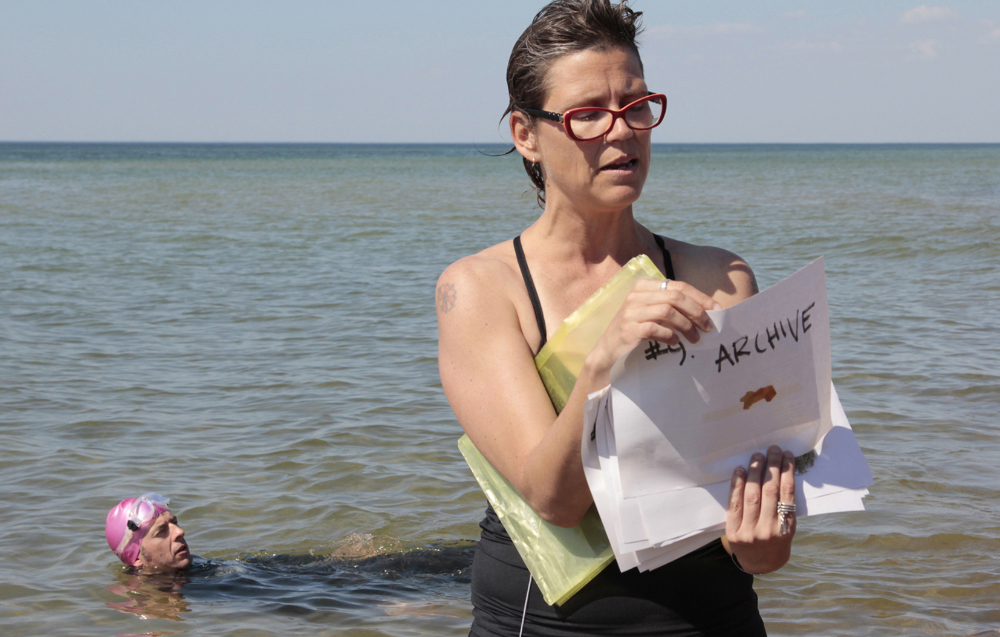
The Work of Water (site: ecotone between sand and sea) / Astrida Neimanis (CAN/SE/LV)
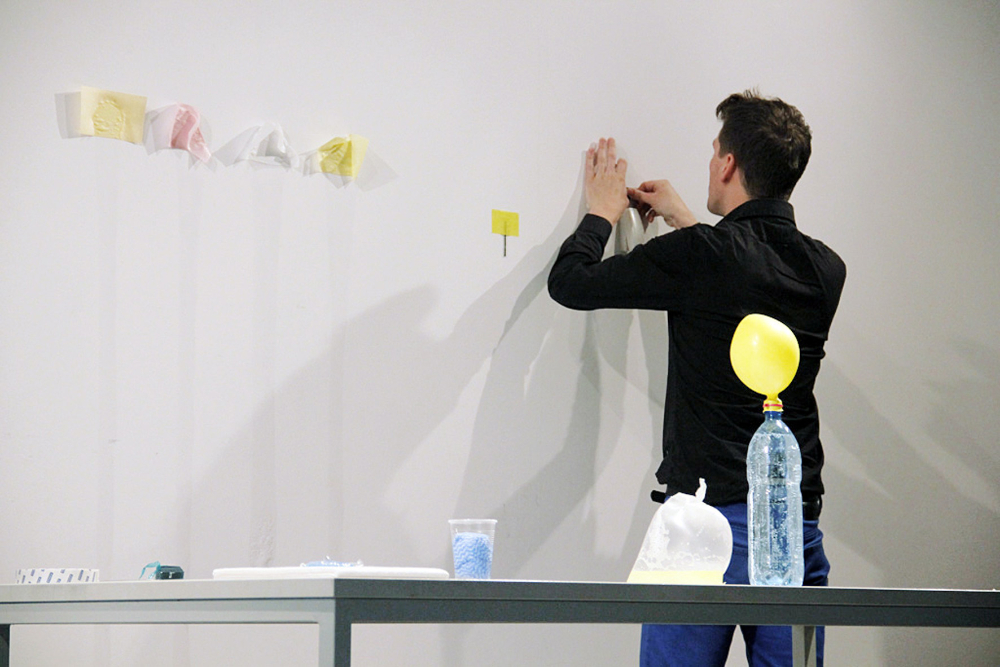
Performance: ‘physical experiments live #5’ / Edwin Deen (NL)
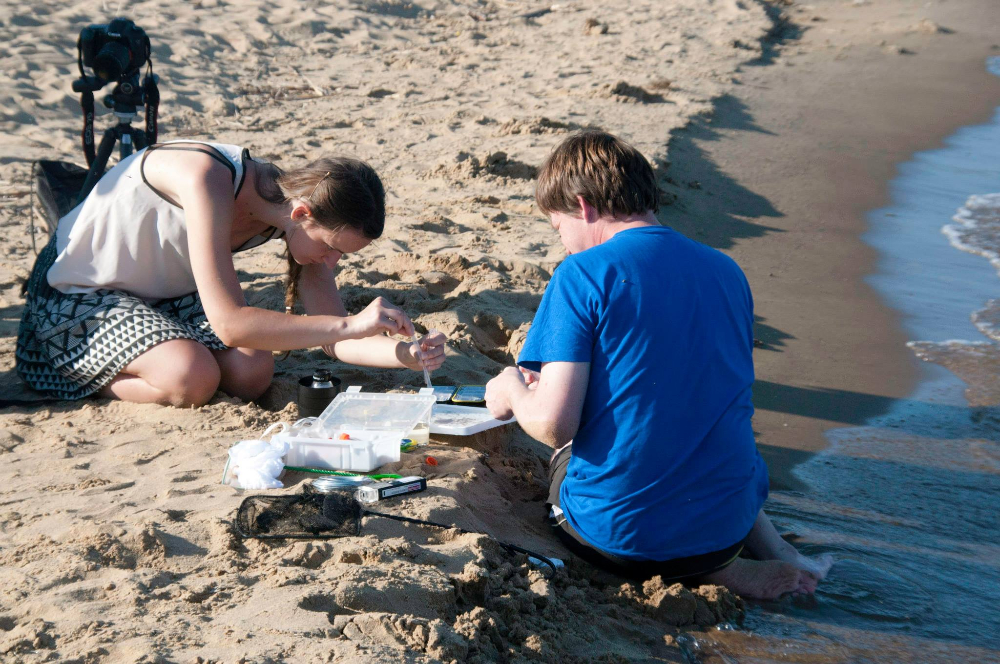
Bioconceptual walking tour “Sipping brackishness while talking about the Waters (Sea <> Lagoon)” by Brian Degger (UK/AU)
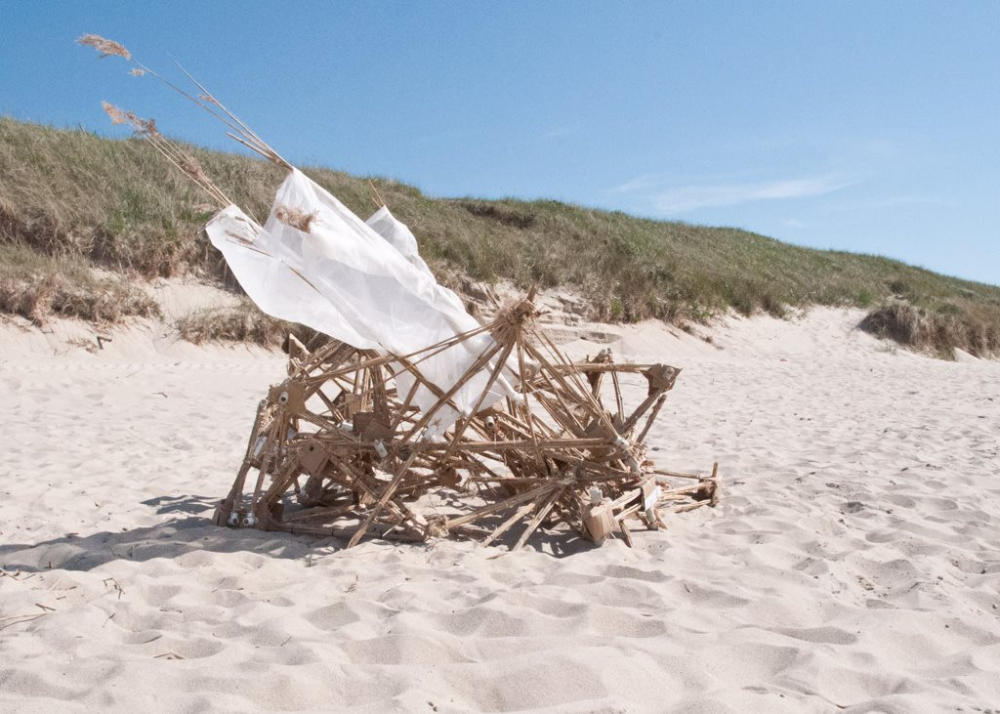
DIY Strandbeast talk & walk on the beach / Justin Tyler Tate (CAN/EE) & Thee Jansen (NL)
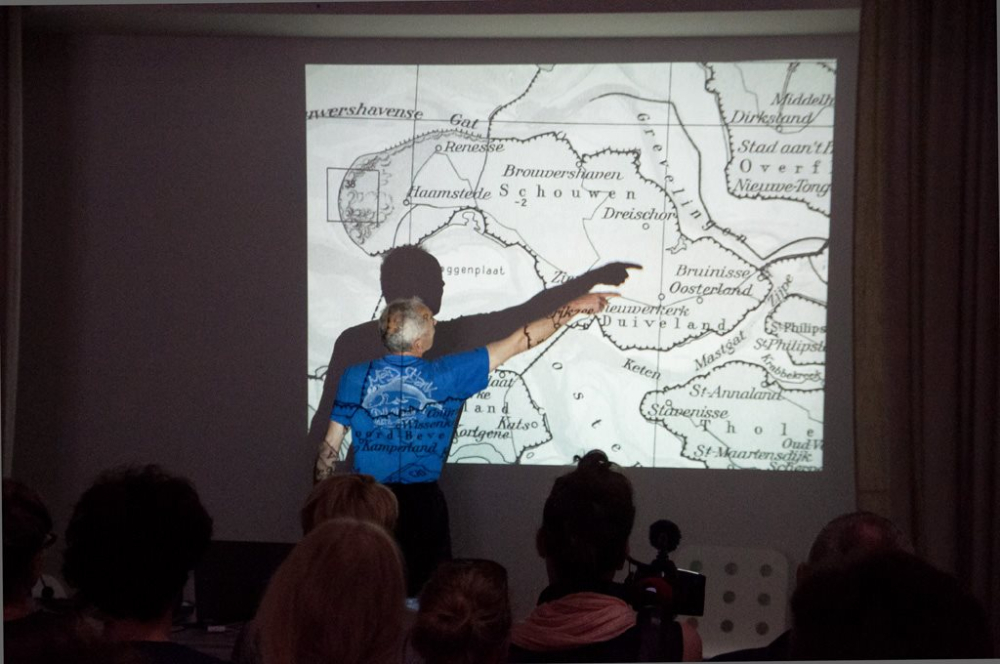
– a dune valley as a working place – a dune valley as a play garden – a dune valley as a place to sense – / Marinus van Dijke (NL)
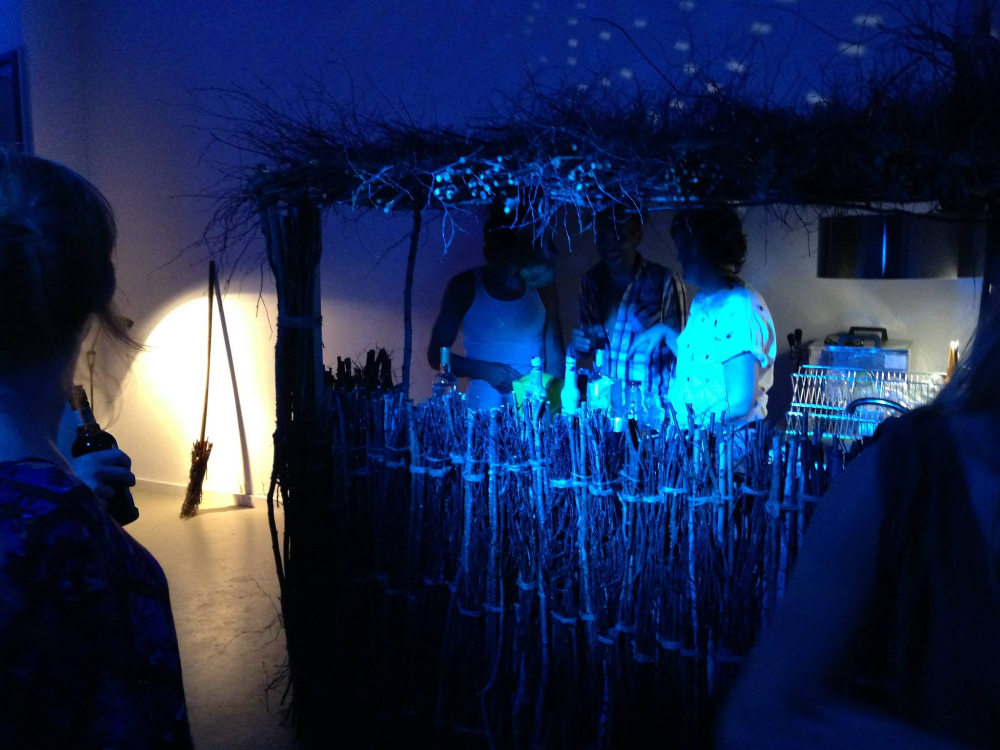
Techno-music Queer-ecologies – a temporary gay bar (and informal open studio) / Helen Reed and Hannah Jickling (CAN)
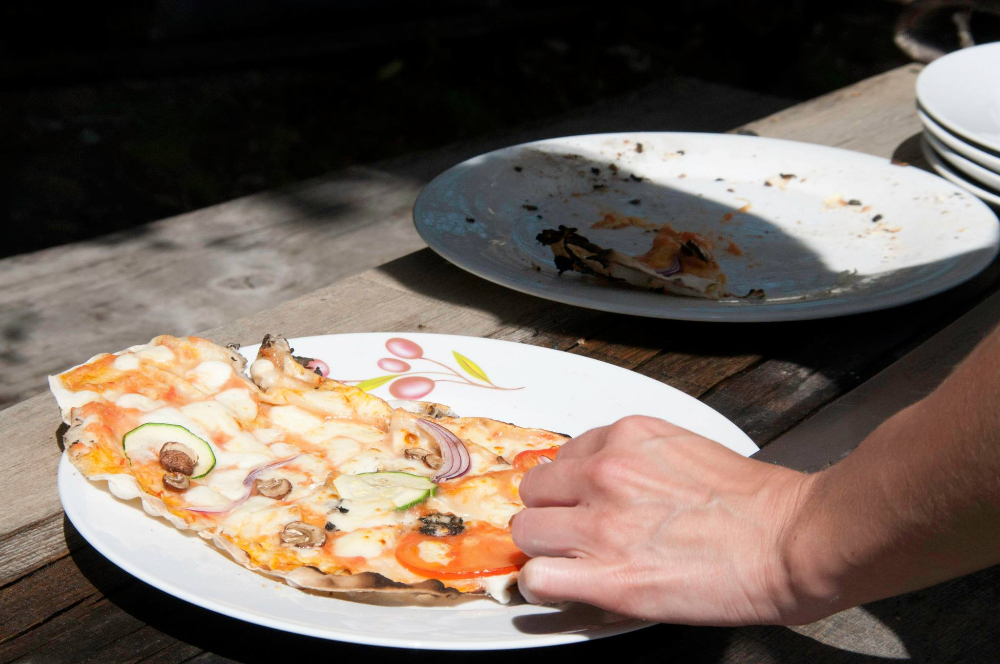
DIY pizza in the residents made oven by Ernest Truely & Kitchen Dialogues (Martinka Bobrikova & Oscar de Carmen)
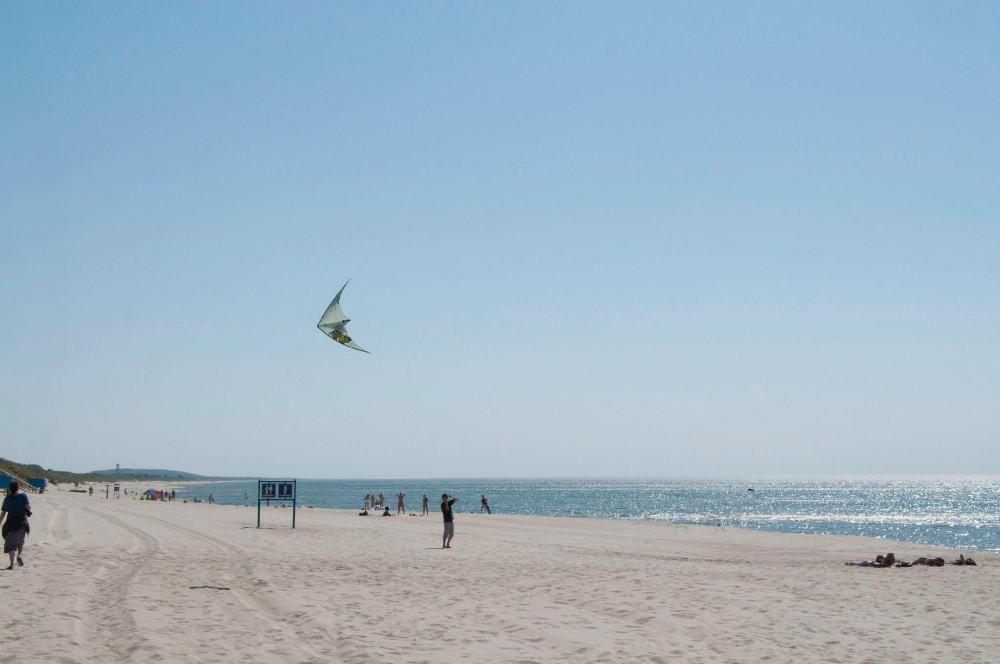
Pulsar Kite by Juan Duarte Regino (MEX/FIN)
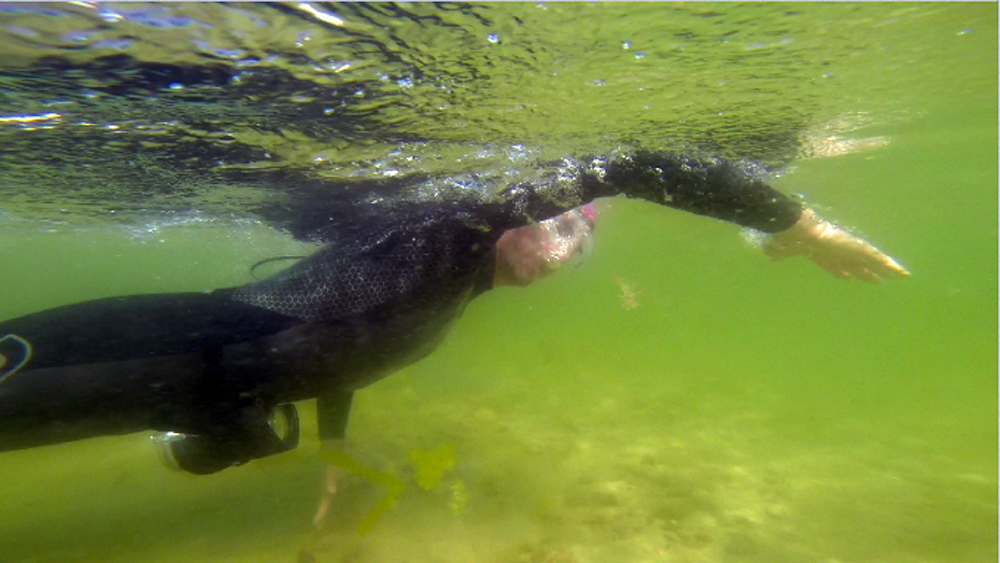
Sea, Sand and Lagoon: Eco-oscillations registered on technologies of decline (An instrumented performance swim) / John Hartley (UK)
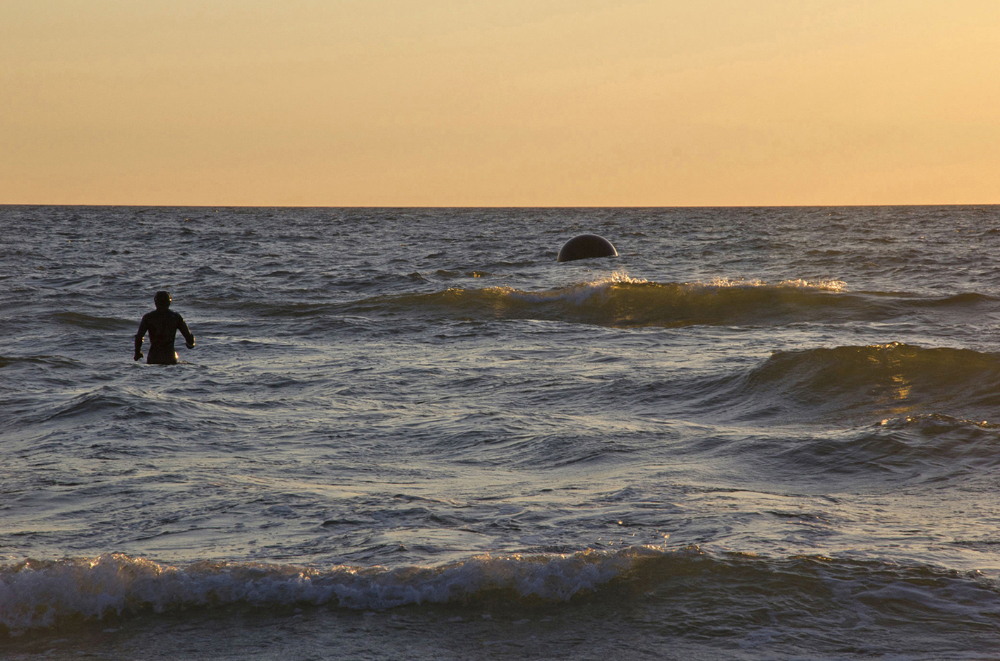
Liminal dome (Anna Romanenko, Gabriel Hensche and Björn Kuhn): Thinking diving an effective device for altering sensual perception. (Photo by Natacha Paganelli)


